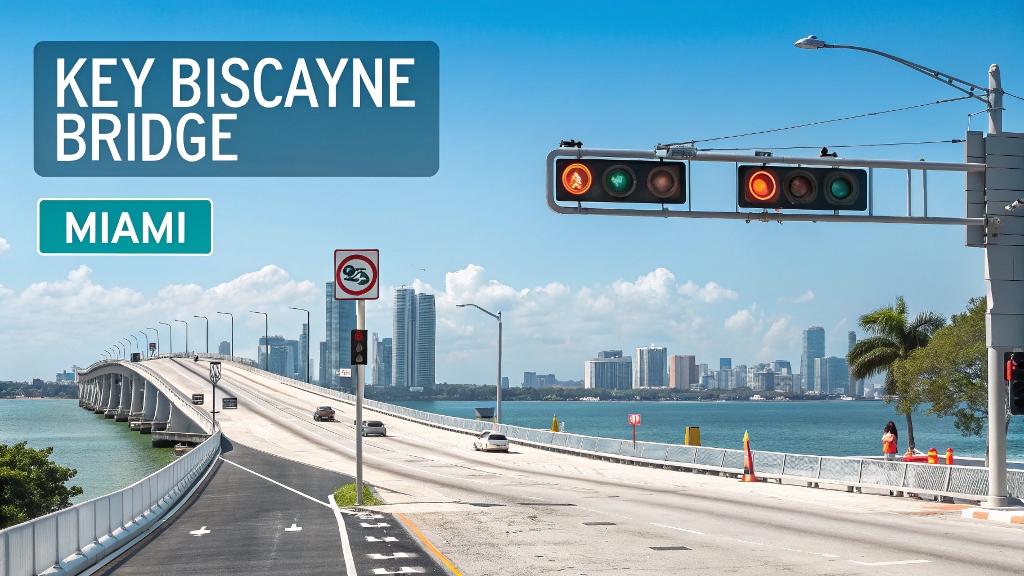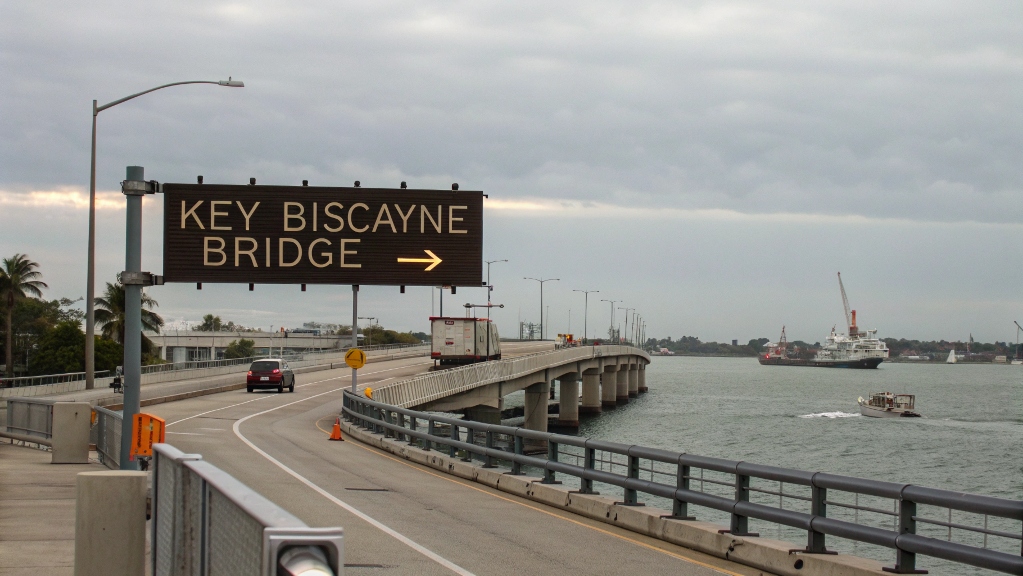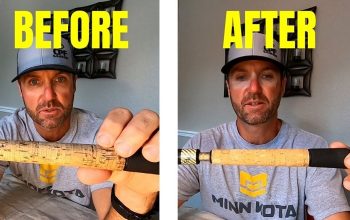If you’ve ever driven to Key Biscayne, you know the Rickenbacker Causeway can get jammed—fast. Whether you’re heading to Crandon Park, the Miami Seaquarium, or just craving a beach day, traffic can put a serious damper on your plans.
Understanding Key Biscayne Bridge wait times in Miami is essential. It’s not just a traffic issue; it’s a timing and planning issue. From morning rush hours to weekend beach traffic, the bridge sees it all. Luckily, with a bit of insider knowledge, you can plan your drive better, reduce your wait, and enjoy more of your day.
Before diving into the strategies, explore Faq Miami for local tips and travel advice that’ll keep your plans stress-free and smooth. It’s a go-to guide for navigating all things Miami—without the headaches.
When Is the Worst Time to Cross the Key Biscayne Bridge?
If you’re thinking of heading to Key Biscayne without checking the clock, think again. Timing is everything.
The Key Biscayne Bridge, officially known as the Rickenbacker Causeway, gets especially congested during:
- Weekday mornings (7:30 AM to 9:30 AM) – Commuters traveling to Brickell and downtown cause long delays.
- Afternoons (4:30 PM to 6:30 PM) – The return crowd floods the bridge again.
- Weekends and holidays (10 AM to 3 PM) – Tourists and locals heading to the beach make traffic crawl.
For example, on a sunny Saturday, I left my house in Coconut Grove at 10:30 AM. It took over 45 minutes to reach Crandon Park, a drive that should have taken 15. A quick glance at a traffic app would’ve saved me a ton of time.
A Florida Department of Transportation (FDOT) traffic study revealed that weekend bridge volume increases by 30% during the spring and summer months. That’s a major bump in congestion.
If you’re planning a key largo day trip, the same advice applies—hit the road early or much later to skip the crowd.
Best Times to Drive Across the Key Biscayne Bridge
Want to know the sweet spot for driving across the bridge? Based on data and personal experience, these are your golden hours:
- Weekdays before 7 AM or after 7 PM
- Weekends before 9 AM or after 5 PM
These windows give you a clear shot with minimal delays. You’ll also find easier parking on the island.
Another great tip is to check Google Maps or Waze 10 minutes before your departure. Look for the green traffic lines along the causeway. If it’s red, wait it out unless you enjoy stop-and-go driving.
Even better? Plan weekday visits on Tuesdays or Wednesdays, when traffic is at its lowest. Avoid Fridays—especially after noon. Many locals take half-days and head to the beach early.
Tips to Avoid Long Wait Times
Beating bridge traffic doesn’t require magic. Just a bit of planning goes a long way. Here are several actionable strategies:
-
Leave Early or Late
This is the easiest fix. Leave before 9 AM on weekends or after 6 PM to avoid beachgoers and family day-trippers.
-
Use Real-Time Traffic Apps
Apps like Waze, Google Maps, and INRIX provide accurate, live updates. Set up alerts for congestion on the Rickenbacker Causeway.
- Check for Events
Key Biscayne often hosts events like triathlons or art festivals. These cause massive delays. Always check local event calendars before your trip.
- Avoid Holiday Weekends
Memorial Day, Labor Day, and the Fourth of July bring gridlock. If you must go, aim for sunrise—literally.
- Use Public Transit or Ride-Share
The Route B bus runs between Brickell and Key Biscayne. It skips most of the traffic, especially on weekends. Or, share a ride with friends to use HOV lanes.
With a little preparation, you’ll save time, gas, and stress.
How Weather and Tides Impact Wait Times
Traffic isn’t only about people—it’s about nature, too. The Key Biscayne Bridge wait times are also affected by weather and tides.
Heavy Rain
Miami’s quick storms can cause temporary flooding on the causeway, leading to slower traffic. Always check weather updates before heading out.
According to the National Weather Service, South Florida experiences over 130 rainy days a year, and many of those affect key roadways.
High Tides and King Tides
Certain times of the year bring “king tides”, especially during full moons and fall months. These higher tides flood low-lying areas on the bridge, narrowing lanes or even closing parts of the causeway.
A University of Miami study found that king tides in the region can raise water levels by over 12 inches, causing backup along the roadway.
When you check the weather, take a look at tidal predictions, especially if you’re heading out in September or October.
How Construction and Bridge Maintenance Affects Your Commute
Bridge work is a necessary evil. Unfortunately, it often leads to even longer wait times.
The Rickenbacker Causeway is regularly inspected and maintained by FDOT. That means:
- Lane closures
- Reduced speed zones
- Flagged traffic zones
As of 2024, FDOT has been exploring a redesign of the Rickenbacker Causeway to improve bike lanes and elevate the bridge against sea-level rise. You can follow updates on the FDOT site or check traffic alerts.
When maintenance is scheduled, the city typically posts signage a week in advance. Make a habit of checking for these updates if you’re a frequent traveler.
The Day I Got Stuck on the Bridge
Last Fourth of July, I underestimated how busy it would be. I packed up the cooler, towels, and paddleboard, and hit the road at 10 AM. Big mistake.
As I approached the bridge, it was bumper-to-bumper from the toll plaza. A 5-mile drive turned into an hour-long ordeal. By the time I reached the beach, parking was full. I circled for another 30 minutes and eventually gave up and went home.
Lesson learned: always check the traffic and leave early—even if you think you’ll be fine. Miami’s popularity is no joke, especially on long weekends.
Since then, I never leave after 8:30 AM on weekends. I’ve avoided that kind of disaster ever since.
FAQs
What’s the busiest time on the Key Biscayne Bridge?
Weekends between 10 AM and 3 PM are usually the most congested. Weekday rush hours are also heavy.
Is there a toll on the bridge?
Yes, the Rickenbacker Causeway has a toll. Rates vary based on your vehicle type and SunPass use.
Are there bike lanes on the bridge?
Yes. There’s a protected bike path, but it can get crowded on weekends, especially with events.
Can public transit help avoid traffic?
Definitely. The Route B Metrobus offers a cheaper and less stressful option to reach Key Biscayne.
Do weather conditions cause delays?
Yes. Rain, high winds, and tides often lead to slowdowns or temporary closures on the causeway.
Conclusion
Key Biscayne is a gem, but the drive can be frustrating if you’re not prepared. With these tips, you can avoid the worst wait times and enjoy more of what the island has to offer.
Check traffic before you go, avoid peak hours, and use tools like Waze and Google Maps. Better yet, plan for off-peak travel or take public transit when possible.
Have a favorite tip or story about driving the bridge? Share it in the comments below—and help others enjoy a better trip, too.








